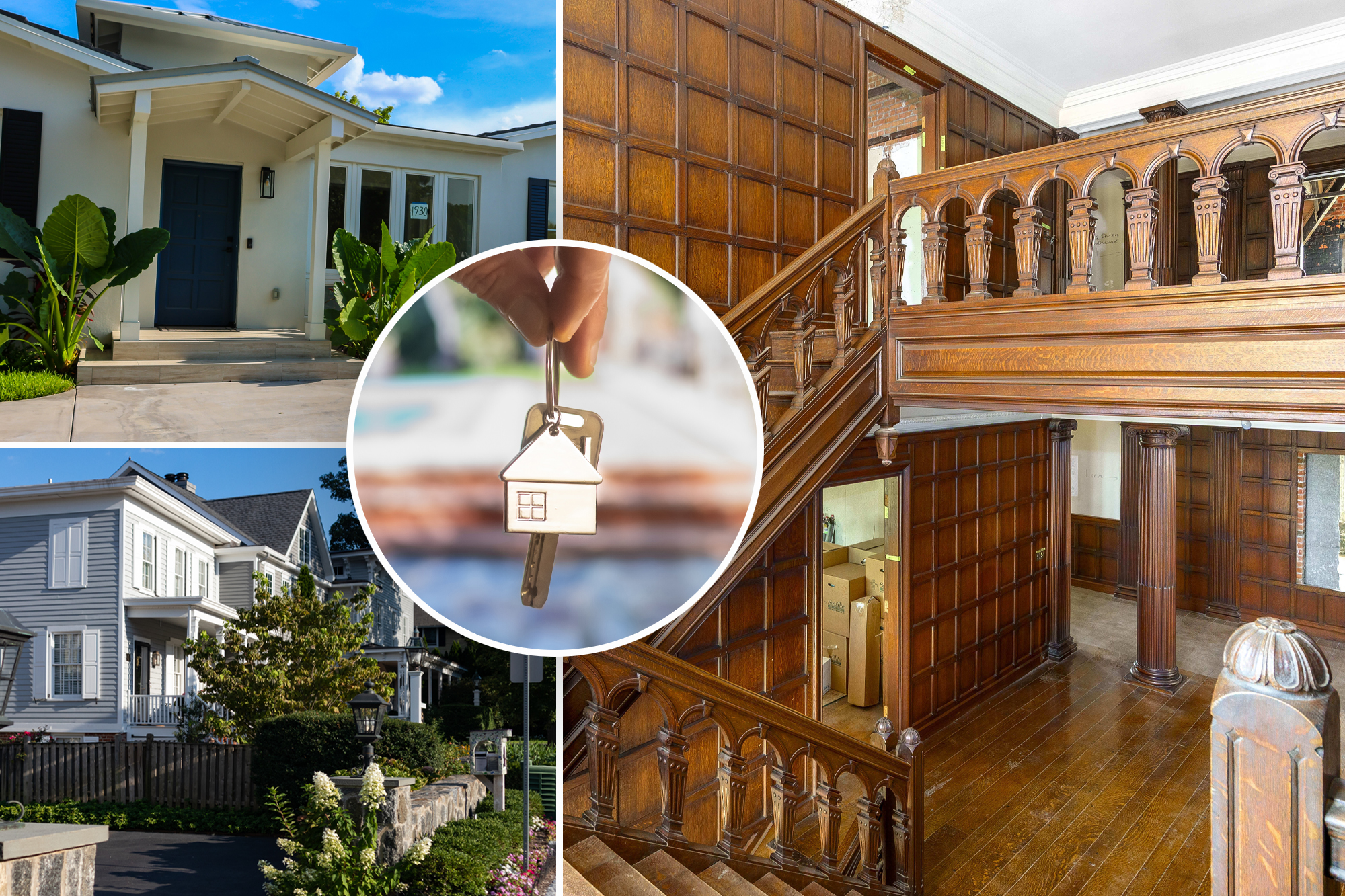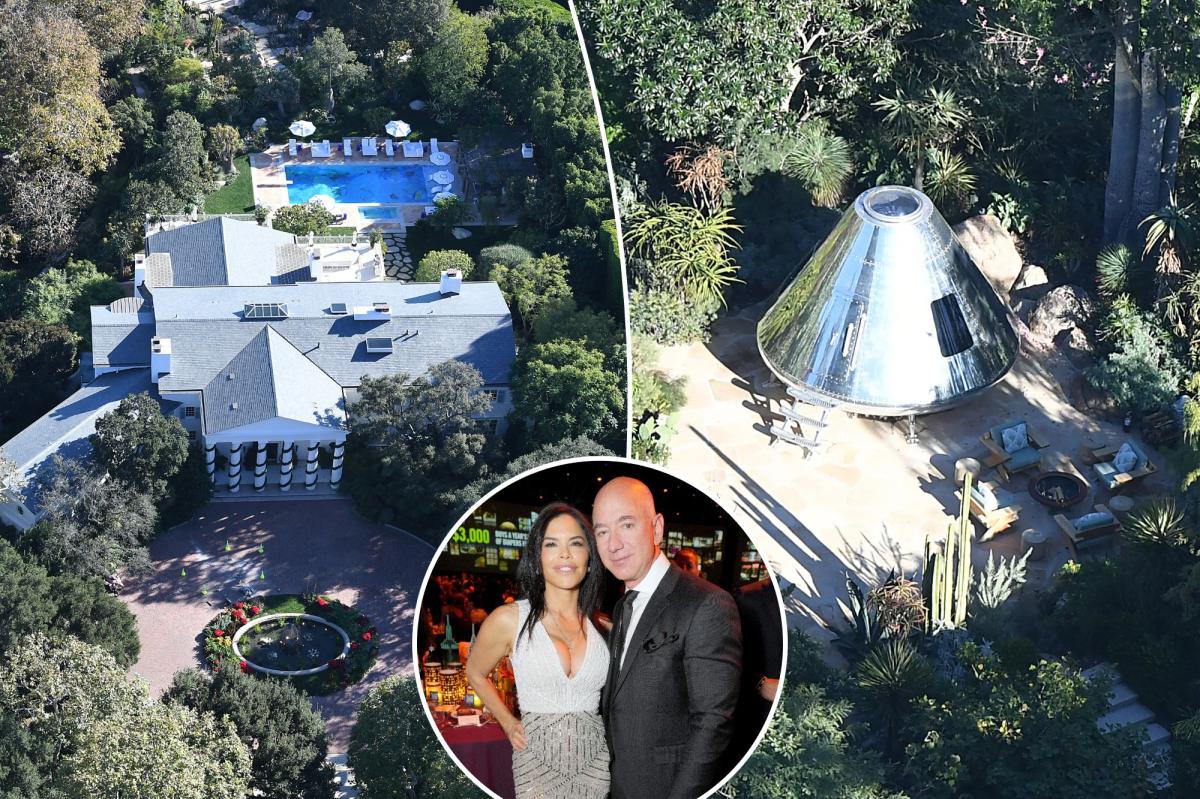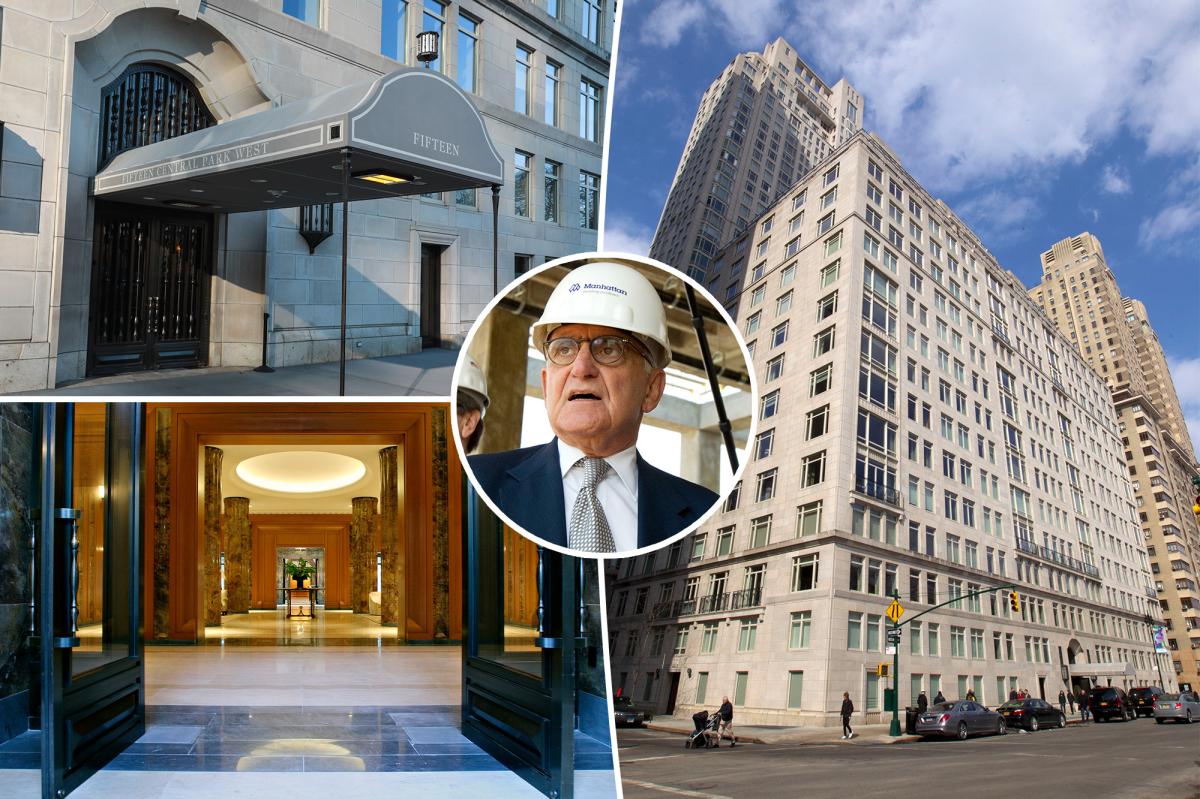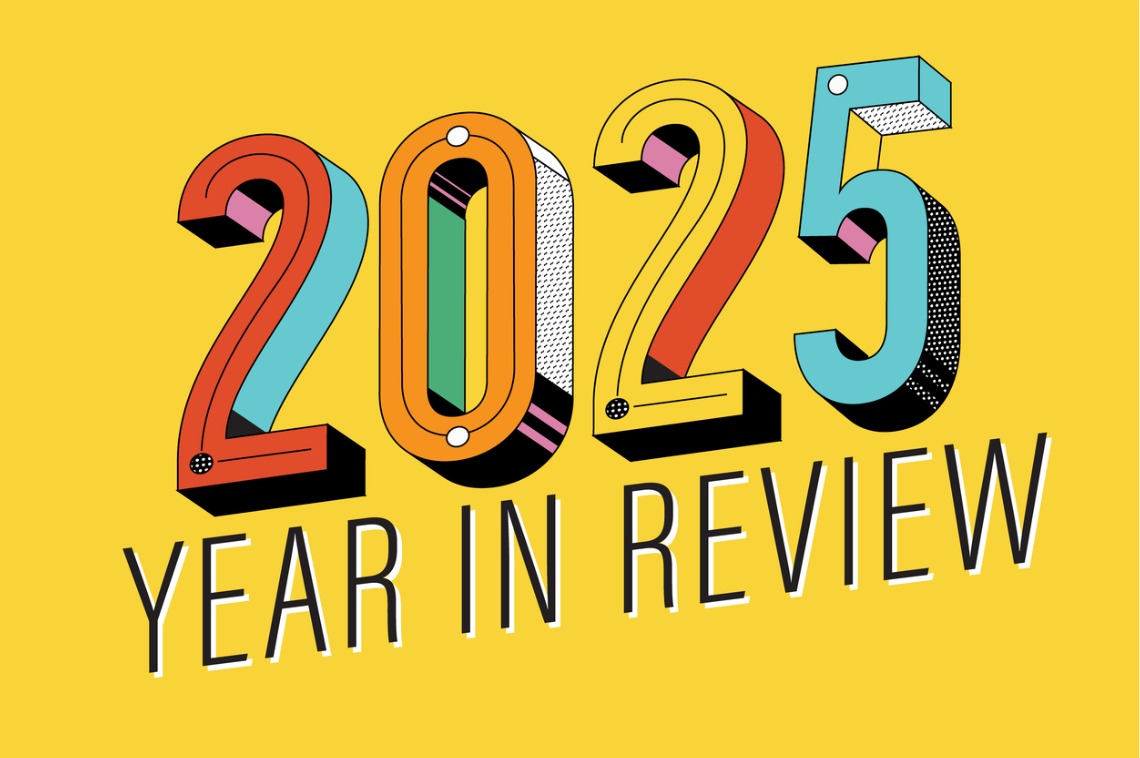O
ver the last decade, the benchmark for luxury real estate has moved far beyond the old $1 million mark. In 2025, a buyer aiming for an entry‑level luxury home must spend at least about $1.3 million—roughly three times the national median list price of $430 k. That figure represents the lowest threshold for the top 10 % of the country’s most expensive listings. Those targeting the top 5 % should budget a minimum of $2 million, while the ultra‑luxury tier (top 1 %) now requires just under $5.5 million—over twelve times the median price.
The surge began with the COVID‑19 pandemic, which, coupled with historically low mortgage rates, pushed luxury prices sharply upward. In July 2016 the average luxury home cost $796,922; by July 2025 it had risen to $1.3 million, a 63 % jump. Today, a $1 million listing no longer carries the same prestige it did in 2016; buyers now need closer to $1.6 million to secure comparable status.
Luxury is not a fixed category; its meaning varies by market. In Detroit, $1 million could buy a 32,529‑sq‑ft Tudor mansion, whereas in San Jose it would fetch a modest 1,200‑sq‑ft bungalow. Nationwide, properties above $1 million account for just over 13 % of all for‑sale homes, concentrated in high‑end metros.
The widening wealth gap has amplified demand from the very wealthy, who often transact in cash and view real estate as a safe asset. This has decoupled luxury from the broader market, allowing prices to rise independently of median home values.
Key drivers of price growth include:
* **Limited supply** – In Greenwich, CT, the market now offers only 124 single‑family homes versus an expected 550, making inventory the lowest on record.
* **Rising inflation and stock‑market gains** – Wealthy buyers are reallocating paper wealth into property, boosting demand.
* **Geographic scarcity** – Miami’s fixed land supply and scarce waterfront lots have pushed the top 10 % of single‑family homes from $722,000 in 2015 to $2 million in 2025, a 177 % increase.
* **Tax advantages and global capital flows** – Miami’s favorable tax climate and appeal to international investors further fuel price escalation.
Buyer preferences have also evolved. In Greenwich, buyers now favor well‑constructed homes with high‑end finishes that feel “homey” rather than sprawling, often‑criticized “McMansions.” Modern farmhouse designs—large kitchens with islands, metal roofs, and white exteriors—are popular among younger buyers. In Miami, waterfront remains king, but there is growing interest in branded residences, wellness‑focused amenities, and seamless indoor‑outdoor living. Across markets, buyers prioritize quality of life, safety, and comfort.
In summary, the luxury real estate landscape has redefined its entry points, driven by pandemic‑era demand, low financing costs, supply constraints, and a wealthier buyer base. Prices now reflect a complex mix of regional scarcity, economic shifts, and evolving lifestyle expectations.














